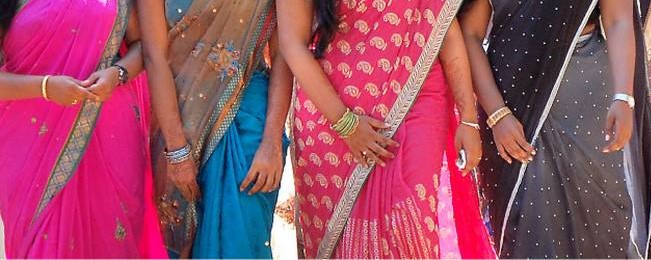Secretary,
Ministry of Public Administration.
Independence Square.
Colombo 07.
03 June, 2019.
Public Administration Circular No.13/2019 dated 29105/2019 entitled ‘Ensuring Security in the Office Premises of the Government’.
The above Circular has come to the attention of the Human Rights Commission of Sri Lanka. The Commission has also received complaints from members of the public that the above circular is in violation of fundamental rights of officers in public service, in particular of female public officers.
The Commission, pursuant to careful examination of the above circular, presents the following observations and recommendations under powers vested in it by s.10 (c ) of the Human Rights Commission of Sri Lanka Act, No.21 of 1996. The said provision empowers the Commission to ” advise and assist government in formulating legislation and administrative directives and procedures, in furtherance of the promotion and protection of fundamental rights”:
I. Although the subject heading of the circular is‘Ensuring Security in the Office Premises of the Government’, the substantive provisions of the circular do not explain the rational link between prohibited dress forms and breaches of security. Men are to wear only shirt and trousers or the national while women can wear only the sari or osariya (kandyan sari) during office hours. The one exception that is provided is for pregnant women. Those who wish to dress in accordance with their religious identity have to comply with the prescribed dress code and can wear’an additional clothing item to keep their religious identity’ but must have their face uncovered for identification purposes. What the ‘additional clothing item’ may be is not clear.
These rules are to apply equally to members of the public who visit government offices to obtain services.
Our observation is that male officers in general wear shirt and trousers (assuming it includes the tunic top) or the national dress to work. Hence, they will be relatively unaffected by the Circular. However, female officers of all communities generally wear many types of dress to work including skirt and blouse, the abaya, business suits and the shalwar kameez.
According to the circular in question, all female officers, barring those who are pregnant, mandatory have to wear the sari or osariya discarding all other forms of dress. Many will
have to incur heavy expenditure to comply with the Circular in addition to the unease one may experience in being forced to wear a dress form which may not be one’s cultural
choice (e.g., for women belonging to the Muslim or Burgher communities) Be that as it may, no rights-based issue would arise if the prescribed dress code clearly
demonstrates how an overarching public need is secured by it.
For example, the Commission had previously expressed the view that the prohibition of full face covers by Emergency Regulations has a nexus with security concerns because of the necessity to easily identify a person in situations of heightened security threats to the public. However, it is not possible to objectively discern how the newly introduced dress code ensures or enhances security in government offices. If indeed the rationale is that baggy and flowing outfits could pose a reasonable threat to security, one of the permitted forms of dress for men could reasonably be argued to be such a form of dress. Similarly, assuming that the possible intention is to prohibit loose and flowing garments, the Circular does not explain how, for example, prohibition of skirt and blouse popular among working women, and indeed members of the public who seek services in government offices, could help improve security. Hence, the Commission is of the view that the mandatory dress code for government sector officers and members of the public who access government offices imposed by the above Circular is irrational and arbitrary and is in violation of equal protection of the law guaranteed by Article 12 (1)of the Constitution.
The dress code appears to be more of an arbitrary imposition of a subjective standard of cultural appropriateness that pays scant attention to the principle of pluralism in society.
Also, the Circular is in violation of the prohibition of sex-based discrimination under Article L2 (2).of the Constitution as it has a disproportionately negative impact on the right of
women to choose their preferred mode of dress, particularly, women of minority communities when the prohibition has not demonstrated a rational link with security
concerns.
II. The dress code imposed by the Circular could well have the impact of women, particularly of minority communities who do not habitually wear sari or the osariya, being compelled to leave public sector employment or not to seek employment in that sector, thereby violating Article 1a (1) (e) which guarantees to every citizen the right to freely engage in an
occupation of one’s choice. ,
Similarly, the Circular will cause severe hardship and inconvenience to members of the public from all communities, specifically non-sari or osoriwearing women, seeking public
services, thereby violating equal protection of the law under Article L2 (l) of the constitution and the right to seek public services under s. 5 (1) (b) of the lccPR Act, No’ 56
of 2007.
For the above reasons, the Human Rights Commission of Sri Lanka recommends that Public Administration circular t3lzotg be withdrawn with immediate effect, and that lawful and
effective measures be taken to ensure security for all.
D. Udagarna
Chair Person
Human Rights Commission of Sri Lanka
Note: The Circular was withdrawn after protests by civil society, including Muslim political parties.
